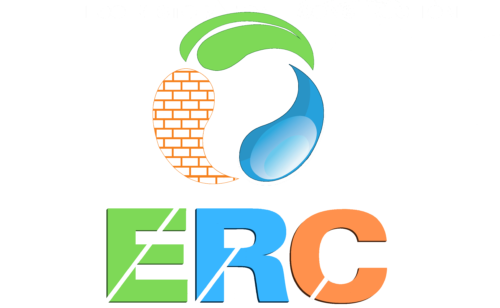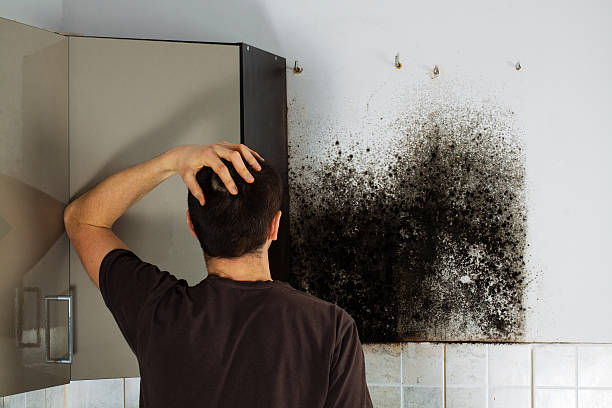So your home has been infested with mold, and you’ve hired a professional to address the problem. But the issue is, can the mold return? Unfortunately, like many concerning the fungal organism known as mold, that answer contains varying degrees of right and wrong.
To begin, whether you addressed the root problem of your mold and cured the original reason your mold took hold in your house in the first place determines whether you have returned mold after mold treatment.
Mold, mainly black mold, can be hazardous and cause several health consequences and concerns, and if left unchecked, these issues will only worsen.
Why and how does mold come back after mold removal?
Mold grows in wet environments. As a result, even if all the molds have been removed from a property, the mold may slowly reappear if the moisture problem is not addressed.
Consider a window that frequently leaks during bad weather. Rainwater gathers and pools on the windowsill over time, penetrating the drywall surrounding the window frame and casing. The homeowners notice mildew around the glass, and little black spots appear. When in a room with suspected mold, they get cold-like symptoms and tend to gasp.
Here, the homeowners would likely call a mold remediation company to come into the house. However, even after rebuilding the drywall and removing all signs of mold, the mold might return unless they address the leaky window’s root cause. They might have further unnoticed leaks in the same place, causing the problem to resurface.
Home and business owners need mold remediation and address the underlying moisture issue. Mold will quickly reappear if this is not done.
Mold: What causes it?
Mold is most frequently caused by moisture and decomposing building materials. Because the fundamental problem is not addressed, mold will reappear if the source of the tiny spores is not identified. Working with a qualified mold remediation company like ECO Restoration & Construction in South Florida will not only address the present issue but will also address whatever is causing the spores to regenerate.
Mold remediation experts start the process with a thorough inspection to identify the cause and then develop a customized plan to remove it, which includes checking the airflow system, fixing leaks and building material, defining the mold remediation area to start the process, and sterilizing the inoculated area of the mold overgrowth.
How to prevent mold recurrence
You may have read DIY articles on removing mold from your house. While keeping things clean and dry is usually good, you should know that mold can often be found in places you can’t see or smell.
That implies you might only see a small part of the mold in your house or office.
Mold inspection, mold repair, and mold removal are the only ways to ensure that your mold problem does not reoccur regularly.
Prevent moisture buildup by drying wet areas
Because moisture promotes mold growth, it is essential to fix this problem before it becomes significant. Therefore, you must dry the surface before it is wet. Whether the moisture is from spilled water or wet clothes, it is essential to dry them well to prevent mold formation.
It is also important to dry water-using appliances such as washing machines or dishwashers. If a fabric, such as your carpet or clothes, is damp, it is important to hang it outside to dry properly. Molds would not be a concern in this case since molds cannot exist in the moisture where they thrive.
Be wary of appliances susceptible to water damage.
A few appliances are prone to water damage, and monitoring them regularly will save you money and time on repairs. The water heater is the first appliance you should check, especially if it has exceeded its ten-year lifetime. A water heater is prone to leaks, which increases the likelihood of water damage. As a result, the possibility of mold formation increases.
This is also true for dishwashers. So, these appliances should be inspected regularly. Other equipment you should inspect includes the air conditioner, refrigerator, dryer, washing machine, and humidifier.
Monitor and maintain humidity
The recommended indoor humidity ranges from 30% to 60%. While you may not be able to monitor moisture scientifically without scientific equipment, you can look for evidence of moisture in your surroundings.
Open the windows to maintain proper humidity levels within the home. This provides for adequate ventilation, ensuring that the air circulates properly. It can also manage the humidity in the house so that it does not serve as a breeding ground for molds.
It would help if you promptly wiped away any moisture residue after a bath. Then, dry the walls right away to prevent mold from creeping in whenever they want. You should also dry the drapes and bathroom products used to avoid mold growth on their surface.
How do I remediate mold contamination?
Mold growth is not always apparent since it usually occurs behind walls or underground. So, how can mold contamination be remedied if it is not visible?
Since a certain amount of mold is normal, work to remove the sources that feed it rather than the mold itself. Documenting changes in mold growth is also important since it could be extremely useful in a mold remediation strategy.
Mold remediation will also be a problem, as will the need for preventative measures to limit access and isolate spore levels. In addition, you will want to determine the affected square footage, what repairs are required to correct the source, and how much restoration is required to replace drywall or insulation based on the size of the contamination. Cleaning is also essential.
Conclusion
Mold can be extremely harmful to your health. Whether at home or in the workplace. If you do not fully address the problem, it can expose you to liability.






